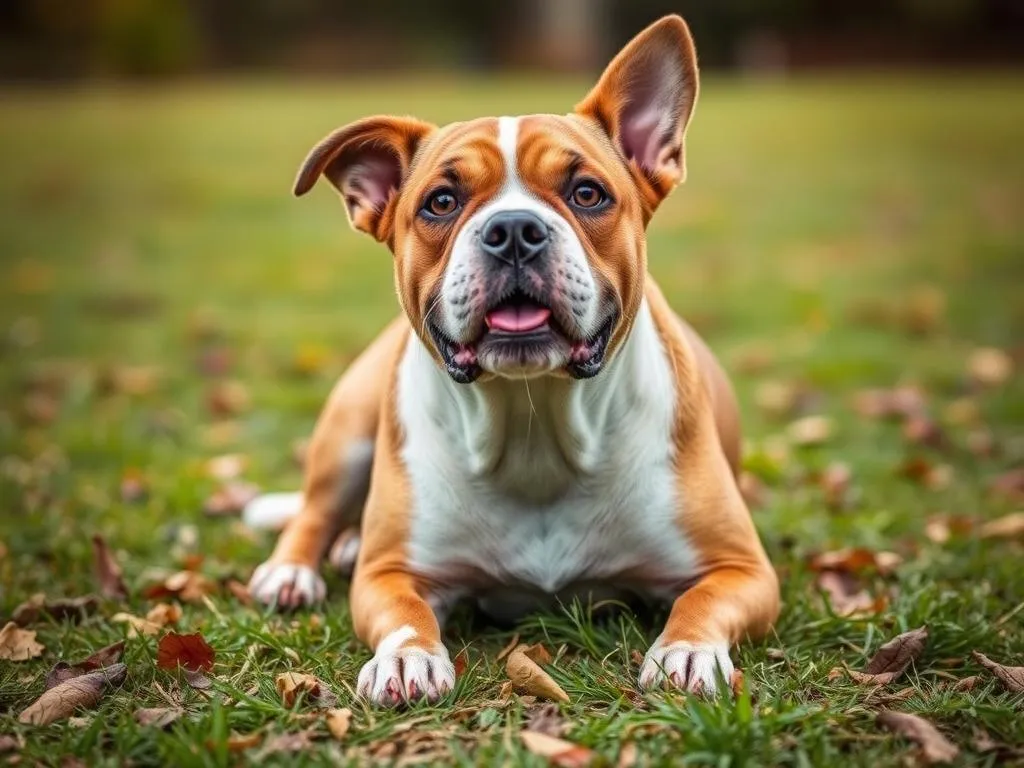
Bloat in dogs, medically referred to as Gastric Dilatation-Volvulus (GDV), is a serious and potentially life-threatening condition that every dog owner should be aware of. It occurs when a dog’s stomach fills with gas and becomes distended, which can lead to twisting of the stomach—a situation that cuts off blood flow and can quickly result in shock or death. This alarming scenario is more common than many realize, particularly in certain breeds and under specific circumstances.
Understanding the prevention of bloat is crucial for the health and well-being of your canine companion. Knowing what bloat is, its risk factors, symptoms, and effective prevention strategies can empower you to take proactive measures in your dog’s care.
Understanding Bloat in Dogs
What is Bloat?
Bloat is characterized by an abnormal accumulation of gas in the stomach, leading to an overstretched and distended abdomen. Some common symptoms of bloat include:
- A visibly distended or swollen abdomen
- Restlessness or pacing
- Excessive drooling
- Attempts to vomit without bringing anything up
- Signs of discomfort, such as whining or panting
The causes of bloat can be both primary and secondary. Anatomically, certain dog breeds with deep chests, such as Great Danes and Boxers, are more predisposed to bloat due to their body structure. Lifestyle choices such as eating habits and stress levels can also contribute to the risk of developing bloat.
Risk Factors
While bloat can affect any dog, certain breeds prone to bloat are particularly at risk. These include:
- Great Danes
- Boxers
- Doberman Pinschers
- German Shepherds
- St. Bernards
- Irish Setters
In addition to breed, age and size considerations play a role. Older dogs and those with a larger body mass are generally at higher risk. Feeding habits also significantly influence the likelihood of bloat. Dogs that eat quickly, consume large meals, or are fed from elevated dishes may be more prone to this condition.
Prevention Strategies
Dietary Practices
One of the most effective ways to prevent bloat is through careful dietary practices. Choosing the right food is essential; high-quality dog food that is free from fillers and artificial ingredients is less likely to contribute to gas production.
Feeding frequency is another important consideration. Instead of providing one large meal daily, breaking up the food into smaller, more frequent meals can help reduce the chance of bloat. Additionally, maintaining proper hydration is crucial; ensure your dog has access to fresh water, but avoid allowing them to drink excessive amounts just before or after meals, as this can lead to stomach distension.
Feeding Techniques
Implementing feeding techniques can further help prevent bloat. Using slow feeders or puzzle bowls can encourage your dog to eat more slowly, which reduces the risk of swallowing air while eating.
The use of elevated feeding dishes is a debated topic among dog owners. While some believe they help dogs with larger bodies eat more comfortably, others argue that elevated dishes may actually increase the risk of bloat. It’s essential to monitor your dog’s eating habits and consult with your veterinarian about the best feeding options for your dog.
Creating a calm environment during mealtime is also vital. Stress can exacerbate digestion issues, so ensure your dog eats in a quiet, relaxed setting away from distractions.
Regular Exercise
Incorporating regular exercise into your dog’s routine is another effective way to minimize the risk of bloat. It’s crucial to establish guidelines for pre- and post-meal activity. Engaging in light exercise before meals can stimulate digestion, while avoiding strenuous activity immediately after eating is critical for preventing bloat.
Strive for a daily exercise routine that includes walks, playtime, and mental stimulation. A well-exercised dog is likely to have better overall health, which can reduce the chances of developing bloat.
Monitoring and Observation
Being vigilant about your dog’s behavior and health can be a lifesaver. Monitoring for signs of distress is essential. If your dog exhibits symptoms such as pacing, drooling, or an unusual posture, it’s important to take note and consult a veterinarian.
Additionally, regular vet check-ups are crucial in discussing any potential bloat risk factors specific to your dog. Your veterinarian can provide personalized recommendations based on your dog’s breed, age, and health status.
When to Seek Veterinary Help
Recognizing Emergency Symptoms
Understanding when to seek veterinary help can be critical in preventing a tragic outcome. Immediate signs of bloat that require urgent attention include:
- A distended abdomen that is firm to the touch
- Rapid, shallow breathing
- Signs of shock, such as weakness or collapse
- Excessive drooling or attempts to vomit without success
If your dog shows these symptoms, it’s imperative to act quickly. Take your dog to the nearest veterinary clinic or emergency animal hospital immediately.
Treatment Options
Once at the veterinary clinic, the treatment options for bloat typically involve stabilization and surgical intervention. Veterinary intervention may include decompressing the stomach to relieve pressure and then determining whether surgery is necessary to correct any twisted stomach.
Post-treatment care is also essential. After treatment for bloat, dogs will require careful monitoring and may need to adjust their diet and exercise habits to prevent recurrence. Following your veterinarian’s specific recovery plan is crucial for your dog’s long-term health.
Conclusion
Preventing bloat in dogs is a multifaceted approach that involves understanding the condition, recognizing risk factors, and implementing effective prevention strategies. By focusing on dietary practices, feeding techniques, regular exercise, and vigilant monitoring, you can significantly reduce the risk of bloat in your canine companion.
Empowering yourself with knowledge about this serious condition is key to ensuring your dog’s health and well-being. Share this information with other dog owners and take proactive steps in your dog’s health care to prevent bloat.
In this comprehensive guide, we have explored the essential aspects of bloat in dogs and how to prevent it. By staying informed and attentive, you can help keep your furry friend safe and healthy.









